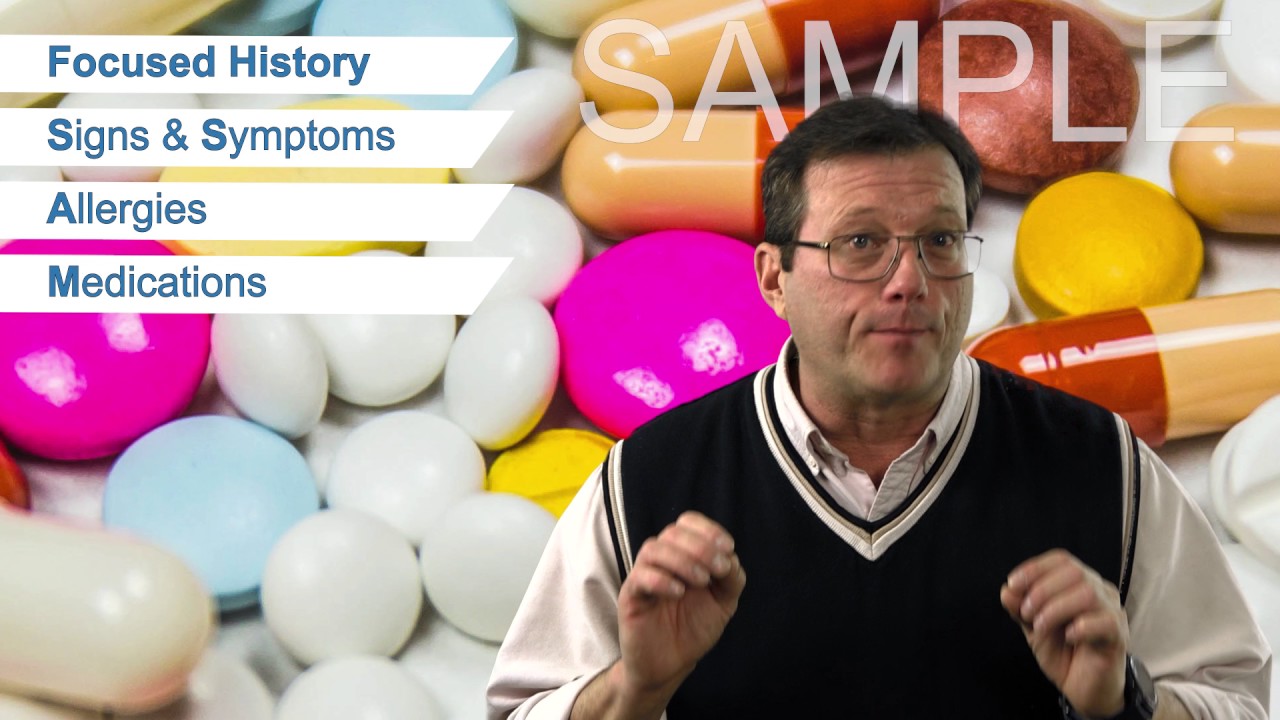
PALS Secondary Assessment – SAMPLE
Hi, everyone. In this video we’re going to review the secondary assessment, which means we’ve already done our pediatric assessment triangle. The first three things we look at as soon as we see the patient: level of consciousness, color, work at breathing. We’ve gone through our primary assessment: A, B, C, D, E. Now […]